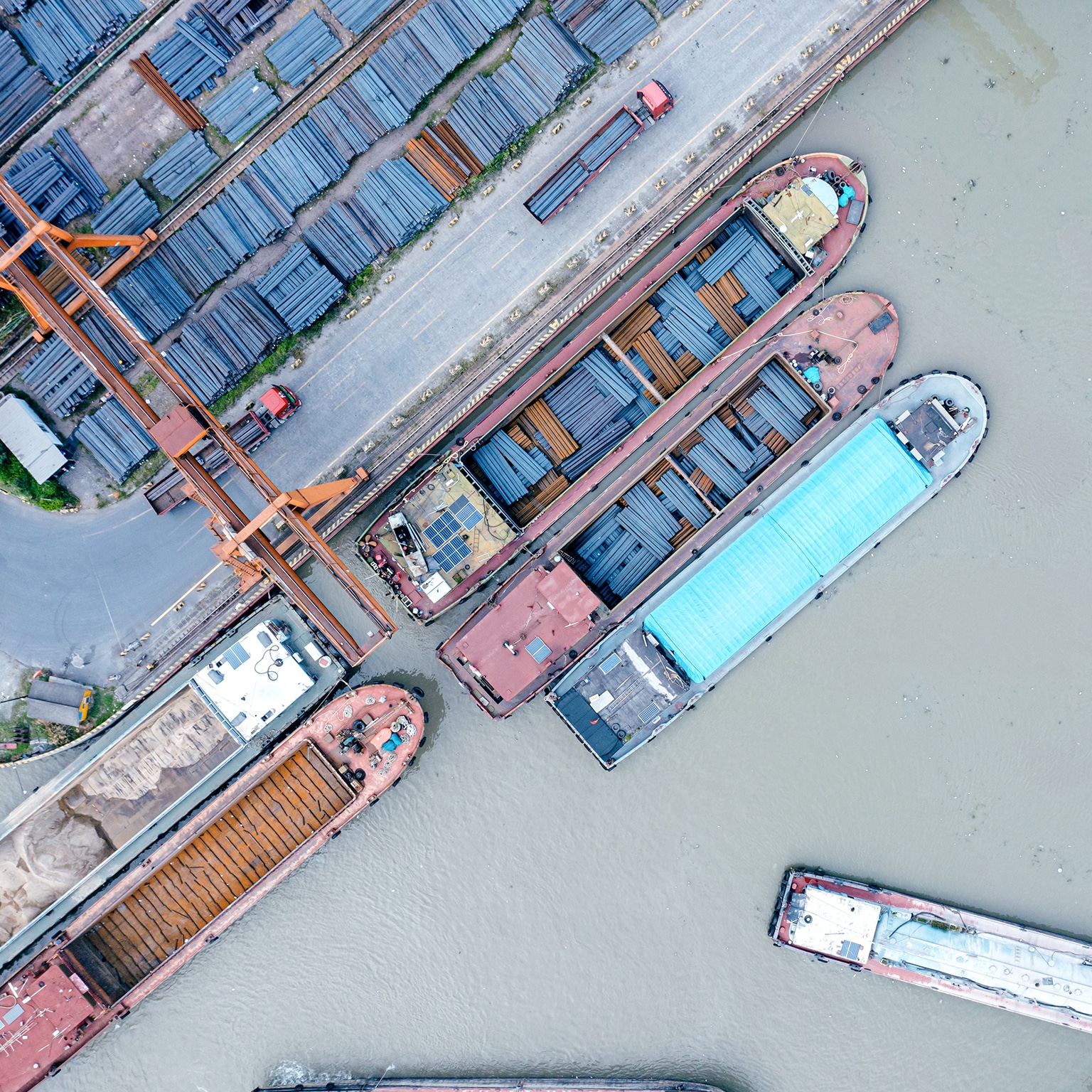Green-steel hubs: A pathway to decarbonize the steel industry

Green-steel manufacturing is crucial for the steel industry and the planet, but decarbonizing the global steel production chain is a massive undertaking. Today, the global steel industry is responsible for 7 percent of global greenhouse gas (GHG) emissions. Europe is likely to be the first region to decarbonize, with CO2 taxes and other legislation offering incentives for rapid emissions reductions there. Other regions are likely to follow, driven by similar regulatory and sustainability pressures.
Many companies have already started their decarbonization journeys, looking into technologies such as using alternatives to blast furnace–based metallics—such as scrap, hot briquetted iron (HBI), and direct reduced iron (DRI)—as well as integrating green energy and carbon capture, utilization, and storage (CCUS). However, much progress remains to be made. According to McKinsey analysis, more than 1,650 existing plants around the globe will need to be decarbonized to lower emissions to meet targets, which will simultaneously increase the need for green energy.
Our research shows that, in the years to come, one successful strategy could be to establish new green-steel hubs in locations with favorable access to low-cost energy and the right metallics feedstock. These hubs are not a magic bullet to decarbonize the entire industry, but they could complement the decarbonization journeys of existing steel players (integrated DRI-EAF plants, CCUS, and so on), potentially become a part of hybrid solutions in the short to medium term, and help the industry meet demand for green steel in critical industries such as automotive, machinery, and construction.
Reshape global supply chains
Decarbonization could lead to the largest asset reconfiguration the steel industry has ever seen. Today, the industry mainly produces steel in integrated blast furnace–basic oxygen furnace (BF-BOF) plants. These combine upstream ironmaking and steelmaking with downstream finished-product production (for example, hot rolling and surface finishing). These traditional plants rely on coke to reduce iron ore and have high emissions.
To decarbonize while meeting demand, steel players need to find alternatives to highly emissive BF-BOF plants. This might include making DRI with green hydrogen (potentially using natural gas as a bridge fuel), using premelters powered by renewable energy and electric-arc furnaces (EAFs) to make steel, and then incorporating carbon capture solutions. This also might involve creating hybrid solutions, such as using scrap in combination with HBI that is produced in low-cost energy regions (green-steel hubs) and shipped to the EAF, where the scrap and the HBI are melted to allow for optimized sourcing of both.
As companies reconfigure their assets, they could also consider rearranging steel value chains across regions, potentially in the form of green-steel hubs. These hubs could come in a number of forms, but one option would be to create “green iron” hubs that decouple ironmaking from the production of raw steel. This could allow both processes to be optimally located: DRI production could be located in regions with favorable access to low-cost natural gas or hydrogen and iron ore, and raw-steel production could be located in regions with favorable access to renewable energy. The iron that is produced could be shipped between regions in the form of HBI for easier long-distance transport to EAF steel mills.
For any of these solutions to be effective, cross-industry collaboration will be crucial, and companies will need to consider the best path forward for them. A combination of solutions is likely to be the most advantageous—specifically, a mixture of integrated DRI-EAF production (which allows for hot charging DRI and independence from imports and global trade dynamics) and HBI imports from green-steel hubs with EAFs. Below, we explore the building blocks that need to be in place for players considering green-steel hubs as part of their decarbonization journey.
Green-steel hubs are not a one-size-fits-all solution for decarbonizing the steel industry, but they could serve as one method of accelerating decarbonization, particularly in steel-producing countries that have high energy costs. Over time, green-steel hubs could also shift to encompass different parts of the value chain, producing semifinished products or finished products (such as slabs or hot-rolled coils, respectively) for global markets.
Companies establishing green-steel hubs must ensure that the basic building blocks for success are in place: access to supplies of low-cost renewable energy and raw materials, minimal cost of capital through smart-financing concepts and potentially through public support, and a successful sales and go-to-market strategy that locks in long-term partnerships with acceptable margins for all parties. If done right, green-steel hubs could be a transformative tool in transitioning the industry from highly emissive to green.

